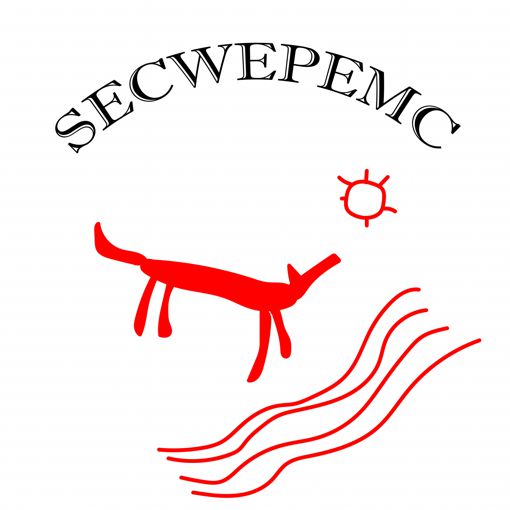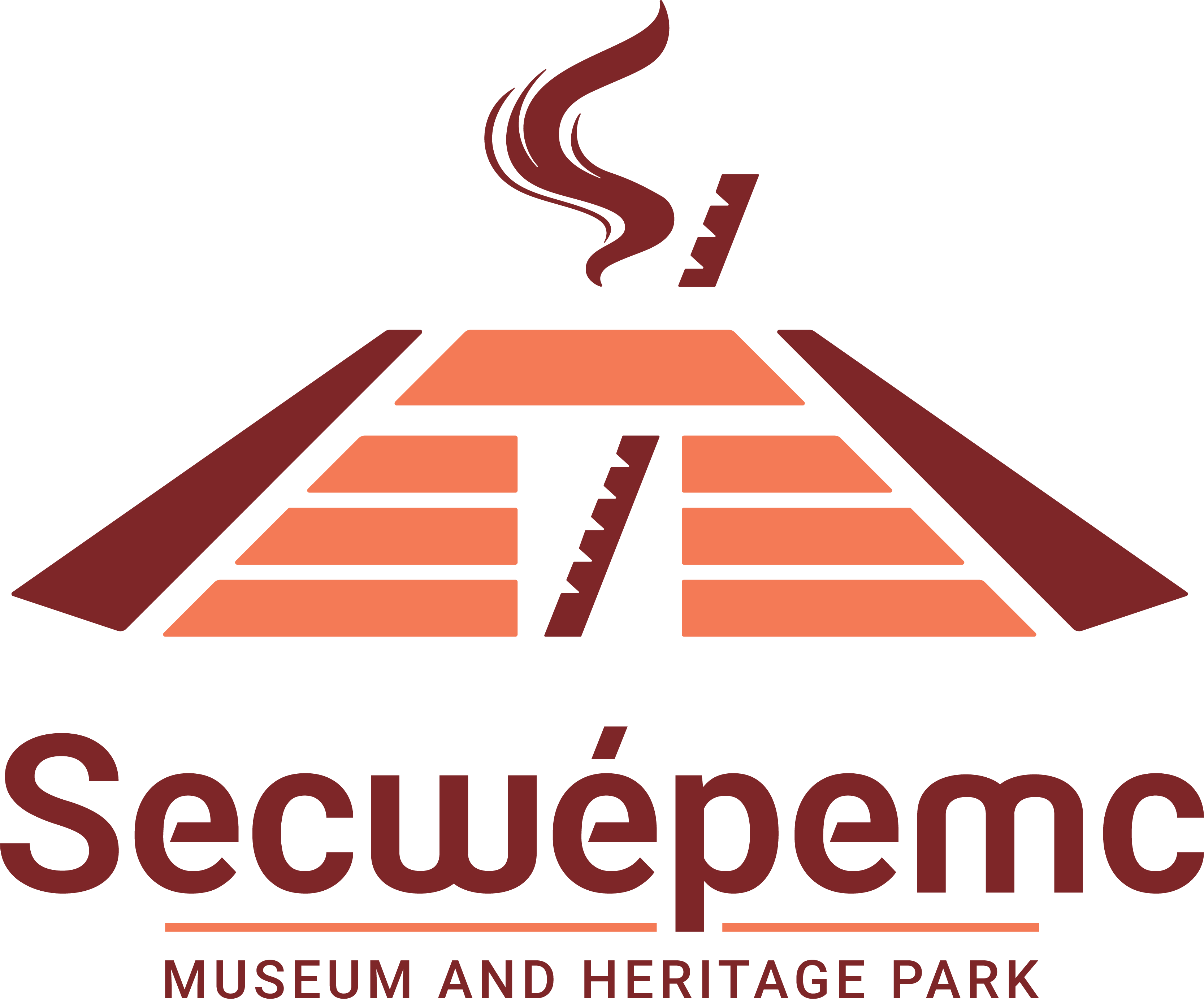C7élksten̓s re Secwepemc ne Ck̓úl̓tens
ell ne Xqwelténs
Language and Culture Department
The Language and Culture Department comprises of two sections:
Language & Culture and the Museum.
Vision
Our priority is to revitalize the Tk’emlúps te Secwépemc(TteS) dialect to affirm our cultural identity and connection to the land for the strength and empowerment of our people. Incorporating the knowledge of Secwepemc Elders, Traditional Knowledge Keepers, and the direction of TteS Chief and Council to ensure cultural laws, protocols and governing systems are adhered to and respected.
To promote Secwepemctsín, as the primary language of communication, education, ceremony, government and businesses within the territory of TteS.
To pass the language down to the next generation. It is important that our children speak it and keep speaking it to teach their children to speak it.
A nation that is passionate about speaking Secwepemctsín in a daily manner. Express all ideas solely in Secwepemctsín. To have Secwepemctsín recognized as the official language on Secwepemcúl’ecw.
To have Secwepemctsín spoken at all levels, in any environment.
Values
A vital part of Secwepemc identity is our language. One of the most important lessons we learn in life is to be humble. So much so that when we speak Secwepemctsin, humility is always shown when speaking of one’s self.
We value Secwepemctsin as a sacred thing. In such we must also accept that when people learn they are allowed to make mistakes and often do. Accept that in any language people make mistakes in pronunciation.
Goals
- To ensure each Secwepemc person can speak basic Secwepemctsín.
- To have Secwepemctsín taken from endangered to a healthy language.
- To create a medium for anyone to learn the language.
- To know the barriers of our people from learning our language
Secwepemctsin – Language of the Secwepemc
Secwepemctsin – Language of the Secwepemc
Secwepemctsin contains the cultural, ecological, and historical knowledge which includes: values, beliefs, rituals, songs, stories, social and political structures, and spirituality of the people. The Secwepemc view all aspects of their knowledge, including language, as vitally linked to the land. This knowledge, passed down to the next generation orally, contained the teachings necessary for the maintenance of Secwepemc culture and identity.
As the Secwepemc were given the land; they were also given a language. Language was given to the Secwepemc by the Creator for communication to the people and to the natural world. This communication created a reciprocal and cooperative relationship between themselves and the natural world which enabled the Secwepemc to survive and flourish in harsh environments. For example, the Secwepemc receive messages from the animals and birds who tell them when it is time to harvest and gather certain foods and medicines. The cricket will tell the Secwepemc when it is time to catch the salmon.
Secwepemc Songs and Dances
The songs, dances, stories, and ceremonies of the Secwepemc were, traditionally, an integral part of daily life; not separate as in many Western cultures. They were absolutely vital in maintaining the values, beliefs, and teachings regarding care of the land and the people.
The songs, dances, and ceremonies keep the Secwepemc tied to the land and they continually remind people of their responsibilities. They perpetuate vital teachings and contain the laws – who may harvest medicinal plants and how it must be done in a proper and respectful way. Secwepemc must sing and pray before harvesting any food, medicines, and other materials from the land. They must make an offering to thank the Creator and the spirits for anything they take. The Secwepemc believe that all living things have spirits and must be shown utmost respect.

